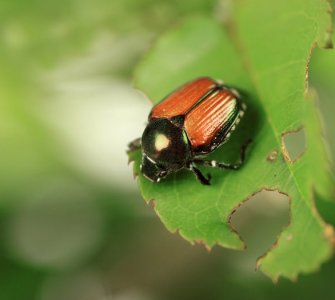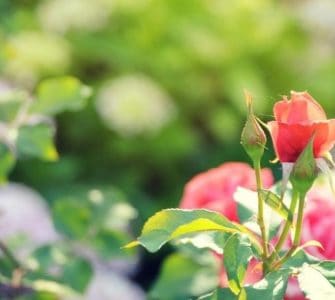Despite my best efforts, bugs occasionally slip through all my defense strategies and make an unwelcome appearance on my indoor plants. These sneaky pests slip in undetected on new plants, and some varieties can even fly in through open doors or windows. If you have houseplants, always be prepared to deal with plant bugs the moment you notice them.
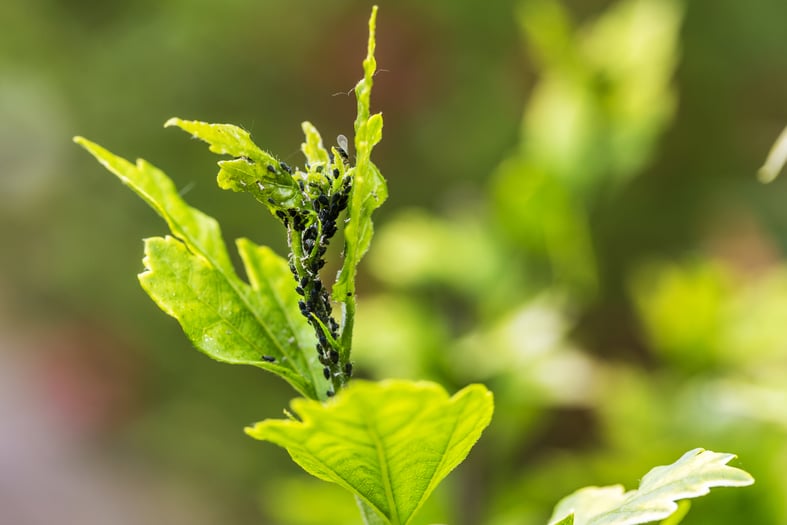
The most common tiny back bugs on indoor plants are spider mites, fungus gnats, and aphids. All indoor plants affected by bugs should be quarantined immediately to prevent insects from spreading. Light infestations can be effectively treated with natural insecticides like neem oil.
Detecting a colony of black creepy-crawlies on your indoor plants can be unsettling, but all is not lost.
With quick and decisive action, you will quickly and effectively be able to stop the little sap-suckers in their tracks and prevent them from spreading to all your indoor plants.
Table of Contents
What Are The Tiny Black Bugs On My Plants?
There are any number of bugs that can infest your indoor and outdoor plants and either eat bits from them or suck the sap from them. However, if you spot black bugs on your indoor plants, the three most likely culprits are spider mites, gnats, or aphids.
1. Spider Mites
The sight of tiny webs crisscrossing a beloved houseplant is enough to strike terror into the heart of most plant parents. These small bugs seem to come out of nowhere, and once they get a foothold, they can quickly spread as they have a wide range of host plants.
Spider mites are minuscule, so you may see the delicate webs before you zoom in and spot the tiny black specks parading about on the underside of your plant’s leaves. Fortunately, all is not lost if you catch them quickly, and there are a number of effective methods to eradicate this common plant pest.
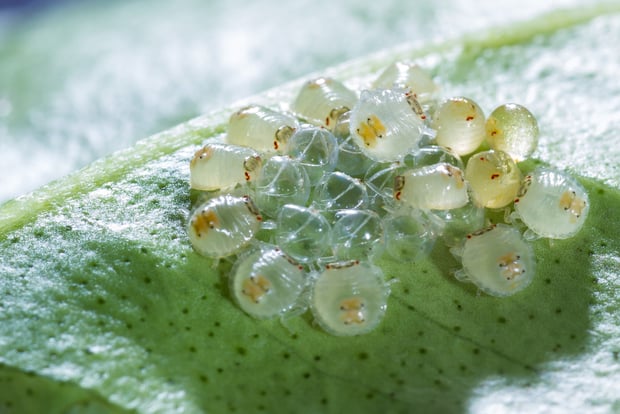
2. Fungus Gnats
Anyone with houseplants has probably at some time observed these pesky little black bugs hovering about. While it’s the unsightly appearance of teeny tiny flies buzzing about that bothers me, it’s the gnat larvae in my plant’s soil that are doing the damage to my poor plants.
Getting rid of gnats isn’t as easy as simply blasting them with a concoction of natural pesticide, although that will help kill off the visible adult gnats. The challenge is that these bugs penetrate the soil, so unless you drench the entire the soil in every pot plant, which isn’t a feasible option when you’ve got stacks of plants like me, you will need another approach.
Since gnats have been a common indoor plant pest since forever, plenty of methods have been developed to stop them in their tracks. Fungus gnats are a multi-layer plant pest, so you will need a bit of patience to get on top of the situation. I like to use a fruit fly sticky trap in my worst-affected plants, and it’s gratifying to see the numbers going down as my other fungus gnat treatments gradually kick in.
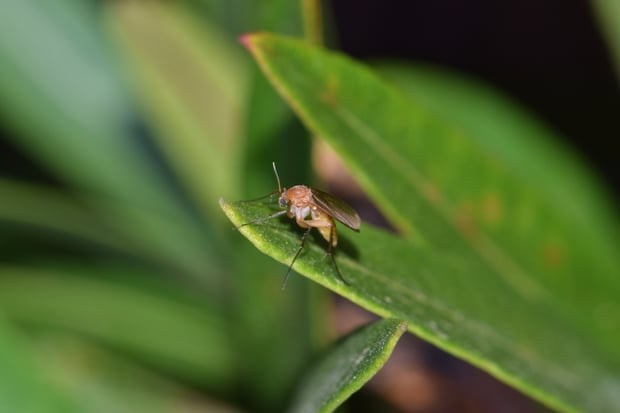
3. Aphids
Aphids have been a particular nemesis of mine ever since I began my love affair with growing roses. They are the most common pest affecting rose plants – although I can’t fault them for having great taste! The problem is not only the damage they cause to the plant but also that they can carry plant diseases and attract ants.
These little sap suckers come in various colors and can also be black, so diagnosing them should be more about checking the body shape and their location on the plant – don’t rule aphids out if they are also green, yellow, or white. You will be able to spot these plump little dots on the underside of leaves or clumped up below new buds or growth.
Although roses are among their favorites, aphids also affect plenty of other houseplants, so be on the lookout and conduct regular spot checks on your houseplants. These particular tiny bugs are relatively easy to treat, and there are several effective remedies that will eliminate them. You can even make your own aphid spray at home!
Are Black Aphids Harmful To Plants?
Fortunately, you don’t need to be an entomologist to identify aphids on your houseplants. They have a distinctive body shape and size and always seem to appear in groups, but what is confusing is that they come in a variety of colors.
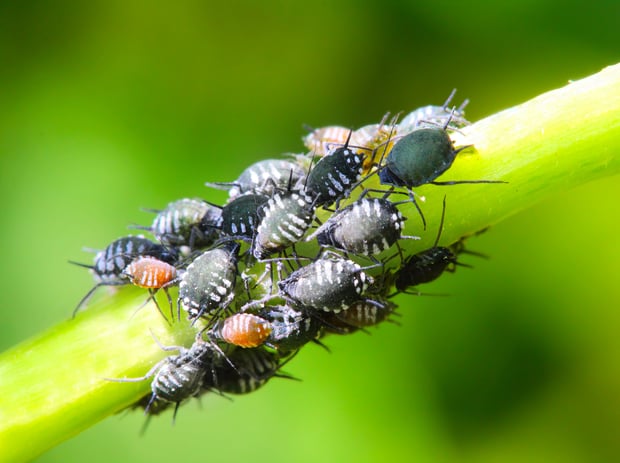
According to the University of Wisconsin-Madison, aphid color is determined by the species. Aphid eggs may also appear darker than the actual bugs. All aphids are harmful to plants, regardless of their color. While one individual probably won’t do much harm on its own, their ability to reproduce at a startling rate is what makes them a massive problem to gardeners.
Regardless of color, all aphids have mouthparts that suck sap from plants. They can feed on all parts of a plant, even roots, and stems. Eliminate black aphids using the same aphid treatments you would use for any of the other color variations.
What Can I Do To Keep My Indoor Plants Safe From Bugs?
You may have heard the saying that an ounce of prevention is worth a pound of cure? Well, when it comes to keeping your indoor plants free of bugs, this is mostly true, but to be honest, it is impossible to guarantee that your beloved plants will never be pestered by bugs.
Some gardeners include natural indoor bug-repelling plants in their collection. However, even those plants may not repel the specific bugs that want to feast on my house plants, so the step is to keep an effective natural pesticide on hand.
Neem oil is undoubtedly one of mother nature’s special gifts to all indoor gardeners. Anyone with young children and pets knows the internal conflict of desperately wanting to eradicate plant bugs ASAP, but without leaving any toxic residue on the plants.
One of the best investments I have made in keeping my plants happy and bug-free was a bottle of neem oil with a handy bottle sprayer because I don’t always have time to make careful measurements. This solution will sort out any tiny black bugs on your plants, and you can even use it regularly as a preventative measure! Bugs can quite literally suck the life out of your precious houseplants. The most effective way to keep plants safe and healthy is to be ready for bugs as you notice them. Do regular checks and if you spot any pests, quarantine the affected plant immediately to prevent any chance of the blighters spreading through your entire collection.
